Downloading a 4K movie in seconds. A driverless car taking you from home to work and back. Live-streaming a cricket match in VR. These are a few of the possibilities that can become a reality with 5G internet. Some time back, we saw Dialog conducting the first 5G test in South Asia. Yet, it wasn’t the Dialog logo on the equipment that made such speeds possible. While it is the telecom operators that will offer us 5G speeds, the ones that make it possible are companies like Ericsson.
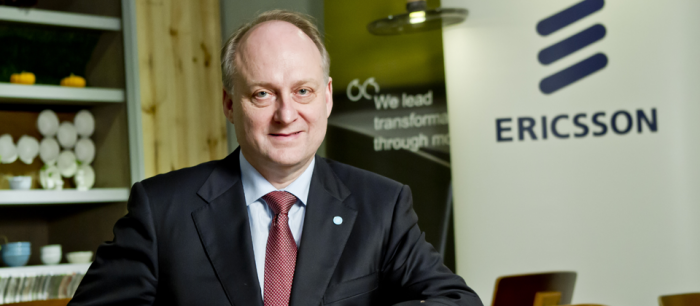
Recently, we had the chance to meet with Dr. Magnus Ewerbring – Vice President and CTO of Ericsson in the Asia Pacific Region. From him we got insights and an understanding of the challenges and the process Ericsson goes through when building a world with 5G.
But what exactly is 5G?
5G is the upcoming fifth generation of mobile networks. It promises gigabit speeds and support for thousands of devices, which is beyond the capabilities of 4G networks that we enjoy today. According to the ITU, users can expect download speeds of 100Mbps and 50Mbps for uploads. Furthermore, you should also expect an extremely low latency of no more than 4ms.
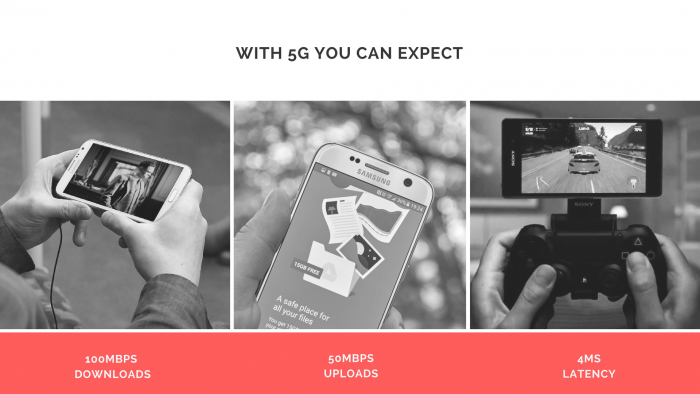
But what about the telecom operators? With a 5G network, a telecom operator has to provide 20Gbps downstream and 10Gbps upstream from a single base station. This is then shared with its users, which is how you’ll get 5G speeds. Additionally, telecom operators will also have to support almost 1 million devices per square kilometer, which is likely due to the rise of IoT (Internet of Things) devices.
These are the specifications for 5G, which the ITU announced in March with its draft report. At the time of writing, the report is a draft that is expected to be approved and finalized in November 2017. Yet these are only specifications. What are the technology standards that will be used to make these specifications of a 5G network a reality? That is the question that 3GPP is working to answer.
The role of 3GPP in developing 5G networks
3GPP is a mobile industry standards body that aims to create and maintain global wireless communication standards. It operates as a partnership between seven telecommunications standard development organizations. As of August 2017, 3GPP has 500+ member organizations from across 40 countries.
These member organizations include telecom operators, manufacturers, academia, research organizations, and government agencies. Its task is to define end-to-end system specifications that encapsulate all the essential elements that define a network. And it does so in a collaborative manner where every member contributing new technologies to the industry.
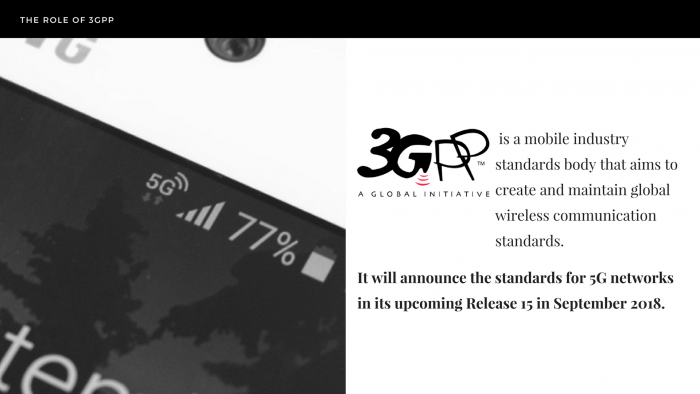
Dr. Magnus spoke on this collaborative nature of 3GPP saying, “We are working in an industry with a lot of stakeholders. They work together to create a standard. It’s then accepted by the community to be competitive. Ericsson and other companies have contributed to these standards. It’s not dominated by one company. It’s an international forum where qualified engineers pick the ideas that support 1.4 billion smartphones to work on the same standard.”
Currently, the organization is set to announce the standards for 5G networks in its upcoming Release 15. According to 3GPP, work on this release has already begun and is expected to be finalized in September 2018. Once finalized, it will then be submitted to the ITU to be part of the 5G standard. Yet, companies like Ericsson already began researching 5G technologies as early as 2010.
Why has it taken so long to define 5G?
Currently, the exact specifications of 5G have yet to be finalized. However, there is a general idea as to what 5G may look like. Thus, companies like Ericsson can begin researching how to make 5G networks a reality. Dr. Magnus shared that on average it takes 10 years to develop the technologies required for each generation.
It took Ericsson 10 years to develop the technology to create 4G networks. Similarly, it also took 10 years to create the technology needed for 3G networks. This is why Ericsson began researching the technologies for 5G networks in 2010. But a decade is a lifetime in the world of technology.
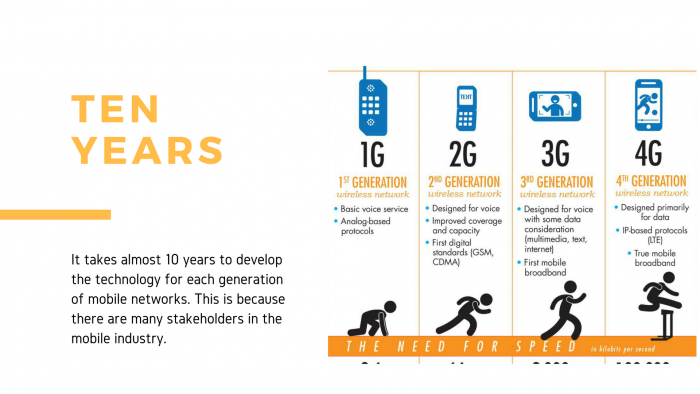
So why does it take so long to develop these technologies? It’s because the mobile industry is one with many stakeholders that need to unanimously agree to the proposed standards. Furthermore, these standards should be one that supports every smartphone in the world. And this wasn’t always the case.
When we look at previous mobile generations, 2G had multiple competing standards. Ultimately, GSM was the most popular standard, which started off as a pan-European effort. The goal of GSM was to have a unified specification that allows people to use their phones anywhere in Europe. However, in the US the more popular standard was IS-95, which was also known as cdmaOne.
As such, if you bought a mobile phone in Europe then you couldn’t take calls in the US. This didn’t benefit anybody. Thankfully, with 3G there was more unity and with 4G there was full unity amongst the industry over which standards to use. This is one reason why it takes so long to define the standards and specifications for 5G. It’s necessary for the entire industry to agree on the right ones.
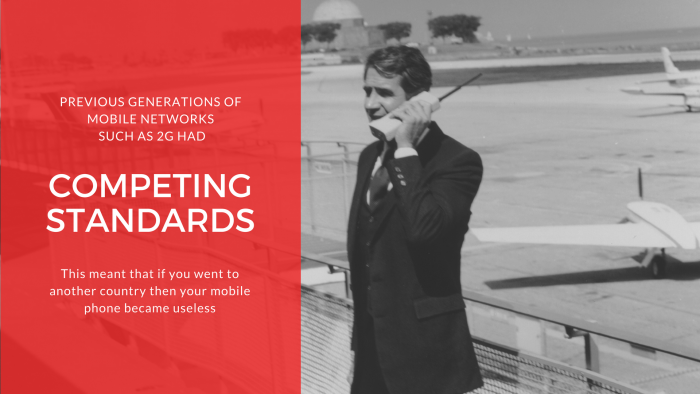
Additionally, the technologies of these standards must stand the test of time. Dr. Magnus elaborated on this saying, “2G was launched in 1992, but it was enhanced over the years and can still be utilized by modern smartphones. Similarly, when 5G is launched in 2020 it’s important to ensure that it can be utilized by all sorts of devices even in 2030.”
In other words, telecom operators need technologies that can be used for many decades to come. As such, it’s necessary to utilize the latest technologies when building 5G networks. At the same time, it’s imperative that the cost of these technologies also reduce over time. This means that the components of smartphones supporting 5G could be expensive today or even in 2020. But 5 years after the introduction of 5G, it must be guaranteed that the price of these components will reduce.
But what does 5G really mean for us?
When 5G arrives, we will, of course, enjoy faster internet speeds. But what exactly would such speeds offer us? Dr. Magnus believes that with these faster speeds, our world will change rapidly as we saw with 4G bringing about the rise of services like Uber and Airbnb. One such change that 5G will bring about he says is the enabling of the industrial internet.
What exactly is the industrial internet? This is where companies can use the internet to control vehicles and other heavy machinery used for complex tasks in real-time. Currently, this is not possible as our current speeds don’t allow exact real-time control as there is a noticeable delay. But with 5G this can change because the faster speeds of 5G mean delays would be a mere 1 – 2 milliseconds.
And this opens the door to a variety of possibilities. Beyond the industrial internet, there are possibilities of live-streaming VR, driverless cars, smart homes, and even street lamps that talk with other systems. And Ericsson has already begun experimenting to see the limits of 5G. One such experiment is to explore the possibilities of creating truck platoons of autonomous trucks in partnership with Scania.
Another experiment is with remotely controlled buses. This too is another experiment conducted by Ericsson in partnership with Scania. This is a bus, which has a human driver that does nothing besides sit in the driver’s seat. Instead, the bus is remotely controlled from a command center.
Ericsson is also conducting an experiment with CNIT to create a digital port. This experiment is currently being conducted at the Port of Livorno in Tuscany, Italy.
The technologies that enable 5G
While the specifications of 5G networks have yet to be finalized, companies have a general idea of what these networks will look like. This allows companies like Ericsson to identify what kind of technologies will be required by 2020. As such, we are now starting to see these technologies enter their testing phases.
One of these technologies is the transmitters used by telecom operators. But before we look at the transmitters themselves, we need to have a look at the spectrum. This is a controversial topic here in Sri Lanka but like the rest of the world, the existing spectrum block allocated for our mobile devices becomes too small. Why? Because we have more devices connecting to the internet from smartphones to smart TVs to smartwatches.
As such, 5G will utilize blocks of the spectrum with higher frequencies known as mmWaves. These higher frequencies will mean higher bandwidths to accommodate more devices and faster speeds. However, these frequencies present a new challenge as they offer poor indoor coverage. This is because these higher frequencies are absorbed by buildings themselves.
As such, to utilize mmWaves, the telecom operators will require a new form of transmitter. However, many operators have already invested heavily into their existing infrastructure. And many of these are likely yet to be fully recovered. As such, telecom operators wish to utilize their existing base stations to support 5G.
And this is the challenge that companies like Ericsson face when creating 5G transmitters for the telecom operators. So how are they conquering this challenge? The answer to that lies with two technologies: Massive MIMO and Beam Forming. To understand these technologies, we need to take a look at how existing telecom towers at base stations work. These telecom towers utilize 4 – 8 antennas and broadcast signals in a 120-degree radius. This is the fundamental concept of telecom towers since the days of 1G.

But 5G is set to change this concept. Massive MIMO involves adding hundreds of antennas to the telecom tower to broadcast signals at higher frequencies. Beam Forming then takes these signals and concentrates them into a beam that sends the signals directly to your device. Ultimately, this means less interference, better reception, and signals that travel further.
Typically, most Massive MIMO antennas have 64 transmitters inside. It is these transmitters along with advanced algorithms that are used concentrate signals into beams. Yet, Ericsson has an advanced Massive MIMO antenna that packs 512 transmitters inside. We saw this antenna by Ericsson amongst the 5G technologies that Dialog showcased when it conducted its first test. According to Dr. Magnus, these antennas are still in the testing phase and will be available commercially for operators in a few years.
Moving telecom networks into the cloud
Another technology that will play a key role in 5G networks is cloud computing. Today, cloud computing is a technology that is as common as bread and butter. It’s something utilized by companies of all sizes. So what role will it play in a 5G network? Virtualization. In a 5G network, it would be possible for a telecom operator to move some functions of their RAN and core network into the cloud.
In case you’re lost, a RAN stands for Radio Access Network. In the world of IT, the two most common types of network are LAN (Local Access Network) and WAN (Wide Area Network). A LAN is a network where computers and devices are connected together over a small area like a single building. A WAN is a network that covers a wide geographical area and consists of two or more interconnected LANs.

So what exactly is a RAN? A RAN is the network that connects your phone to your telecom operator’s core network. This core network is what is linked to the various fiber optic cables and other components that allow the telecom operators to give you access to the internet. It goes without saying that a delay in these networks is unacceptable.
But with 5G, telecom operators can move some components of their networks into the cloud. This allows them to enjoy the reduced costs and flexibility of cloud computing that startups and enterprises enjoy today. And this flexibility means introduces the possibility of network slicing.
Network slicing is where we take a small slice of the network that delivers performance based on a certain characteristic. This could be a slice that delivers low latency, cheaper costs, high download speeds, etc. This slice is then dedicated for a certain users based on the selected characteristic. This allows telecom operators to offer one slice to certain industries while offering the standard network for its other customers. And in doing, it allows the telecom operators to adopt a more flexible business model.
What our devices need to support 5G
Ultimately, even if our telecom operators launch 5G, it will be useless if we don’t have the devices to enjoy it. We will likely see 5G compliant devices by 2020. But what technologies will phone manufacturers need to implement to create 5G devices?
According to Dr. Magnus, a key component that devices will need are chipsets that detect 5G signals and translate them into a form the device understands. In other words, devices will need 5G modems. Currently, Qualcomm has already built one such modem, which is the Snapdragon X50 5G Modem. This is a modem that supports 5Gbps download speeds and supports the other technologies utilized by 5G networks.
Additionally, devices will also need a different type of antenna. As 5G utilizes mmWaves, which is of a higher frequency, devices will require smaller antennas. This means devices will likely have multiple antennas built into them. Getting these key components to work alongside existing ones is the challenge that device manufacturers have to solve. In the end, the price of 5G compliant devices “Depends on the performance and the price the manufacturers are shooting for,” said Dr. Magnus.
When will we see 5G?
Officially, 5G is set to launch in 2020 because that’s likely when we’ll first start seeing devices that support 5G. But when will we see the launch of the actual 5G networks? That’s in the hands of the telecommunications operators themselves. It is possible that we may see early launches of 5G before 2020 by operators who wish to shape the market.
However, operators that launch so early will face a challenge. This challenge would be a lack of devices that support 5G as they will initially be expensive. Yet, it’s likely that 5G will initially launch in markets where the operators are technologically skilled and consumers have high buying power. We saw this previously in Japan with the launch of 3G by NTT Docomo.
Similarly, the adoption of 4G began in North America. Following this trend, we’ll likely see the initial launch of 5G in markets like South Korea, the US, Japan, and China. “I will not be surprised if we have launched there before 2020,” said Dr. Magnus. But these launches don’t happen overnight.

Rather, they are the result of gradual upgrades introduced to existing 4G networks. So when you see the news of telecom operators conducting 5G tests, you know that we are actually coming closer to the world where you can live-stream a cricket match with VR.




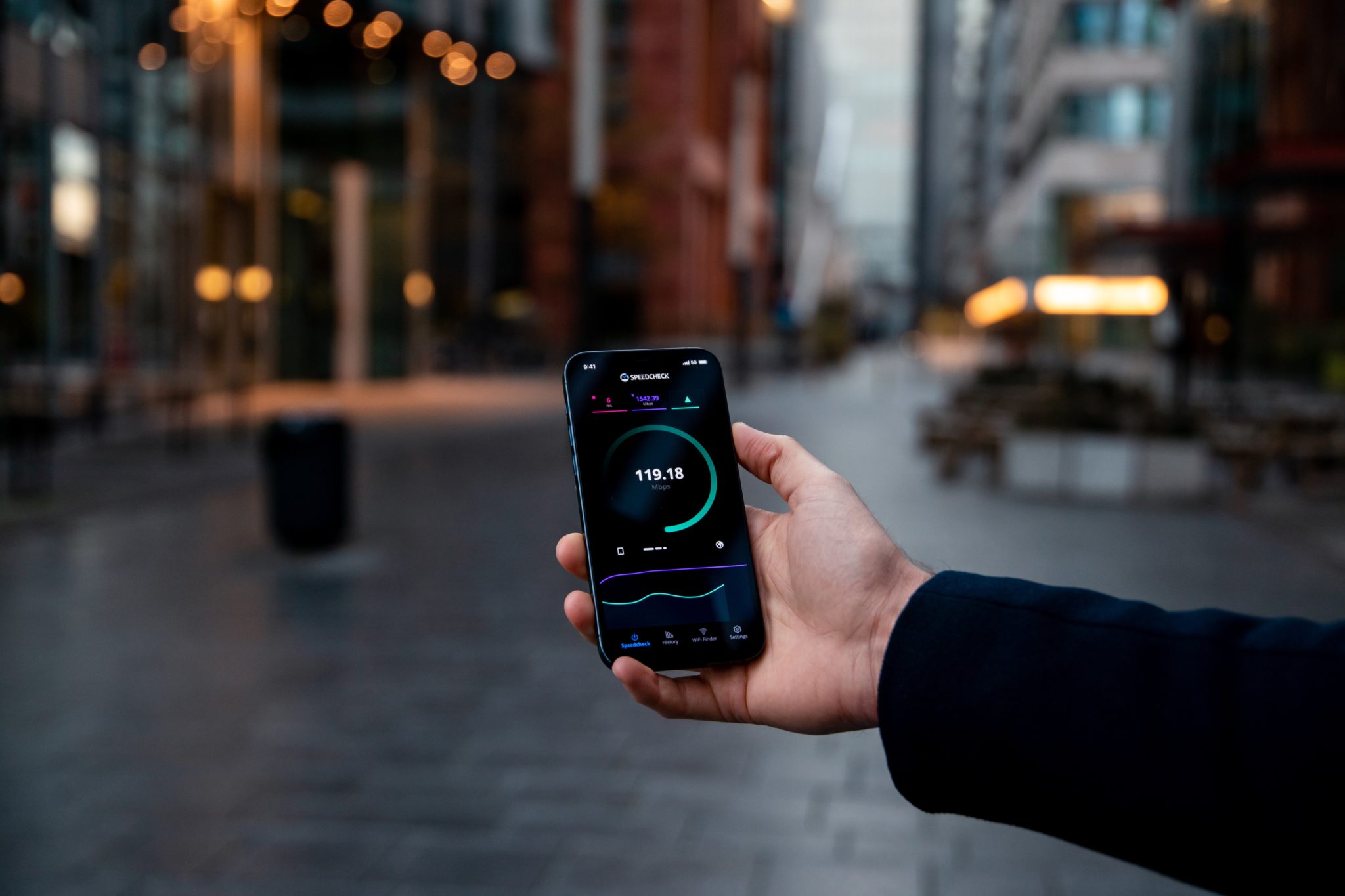


GIPHY App Key not set. Please check settings